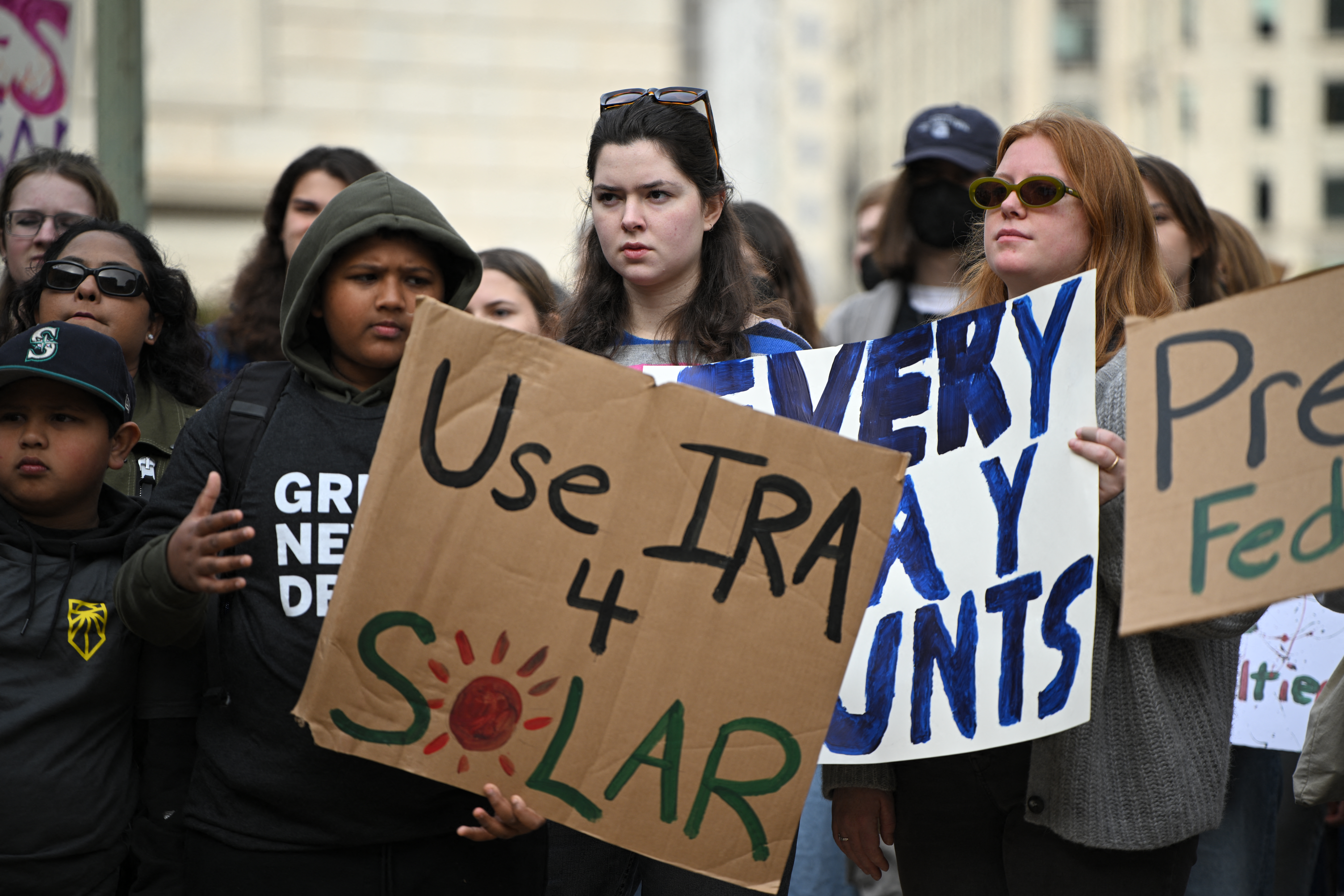
Thousands of visitors are expected to descend Saturday on the southern New Mexico site where the world's first atomic bomb was detonated, with officials preparing for a record turnout amid ongoing fanfare surrounding Christopher Nolan's blockbuster film, “ Oppenheimer.”
Trinity Site, a designated National Historic Landmark, is usually closed to the public because of its proximity to the impact zone for missiles fired at White Sands Missile Range. But twice a year, in April and October, the site opens to spectators.
Watch NBC6 free wherever you are
This may be the first time gaining entry will be like getting a golden ticket to Willy Wonka's chocolate factory.
White Sands officials warned online that the wait to enter the gates could be as long as two hours. No more than 5,000 visitors are expected to make it within the window between 8 a.m. and 2 p.m.
Get local news you need to know to start your day with NBC 6's News Headlines newsletter.
Visitors also are being warned to come prepared as Trinity Site is in a remote area with limited Wi-Fi and no cell service or restrooms.
“Oppenheimer,” the retelling of the work of J. Robert Oppenheimer and the top-secret Manhattan Project during World War II, was a summer box office smash. Scientists and military officials established a secret city in Los Alamos during the 1940s and tested their work at the Trinity Site some 200 miles (322 kilometers) away.
Part of the film's success was due to the “Barbenheimer” phenomenon in which filmgoers made a double feature outing of the “Barbie” movie and “Oppenheimer."
U.S. & World
While the lore surrounding the atomic bomb has become pop culture fodder, it was part of a painful reality for residents who lived downwind of Trinity Site. The Tularosa Basin Downwinders plan to protest outside the gates to remind visitors about a side of history they say the movie failed to acknowledge.
The group says the U.S. government never warned residents about the testing. Radioactive ash contaminated soil and water. Rates of infant mortality, cancer and other illnesses increased. There are younger generations dealing with health issues now, advocates say.
The Tularosa Basin Downwinders Consortium has worked with the Union of Concerned Scientists and others for years to bring attention to the Manhattan Project's impact. A new documentary by filmmaker Lois Lipman, “First We Bombed New Mexico,” made its world premiere Friday at the Santa Fe International Film Festival.
The notoriety from “Oppenheimer” has been embraced in Los Alamos, more than 200 miles (321 kilometers) north of the Tularosa Basin. About 200 locals, many of them Los Alamos National Laboratory employees, were extras in the film, and the city hosted an Oppenheimer Festival in July.



